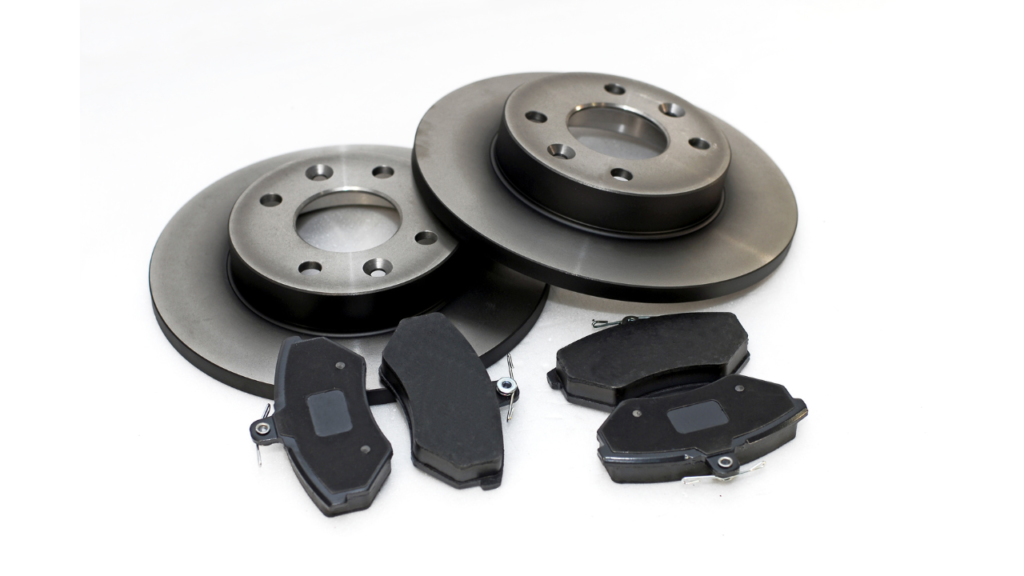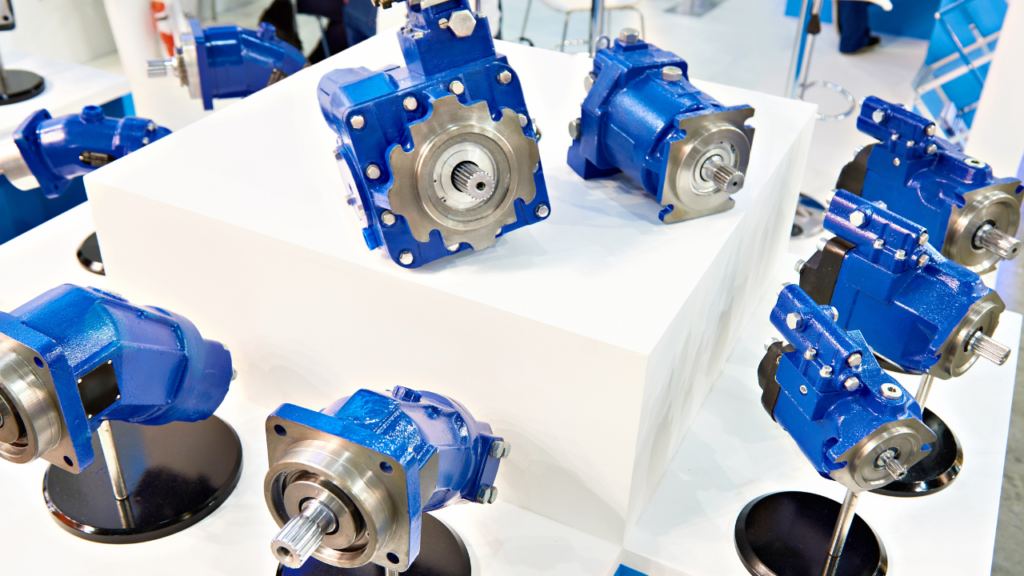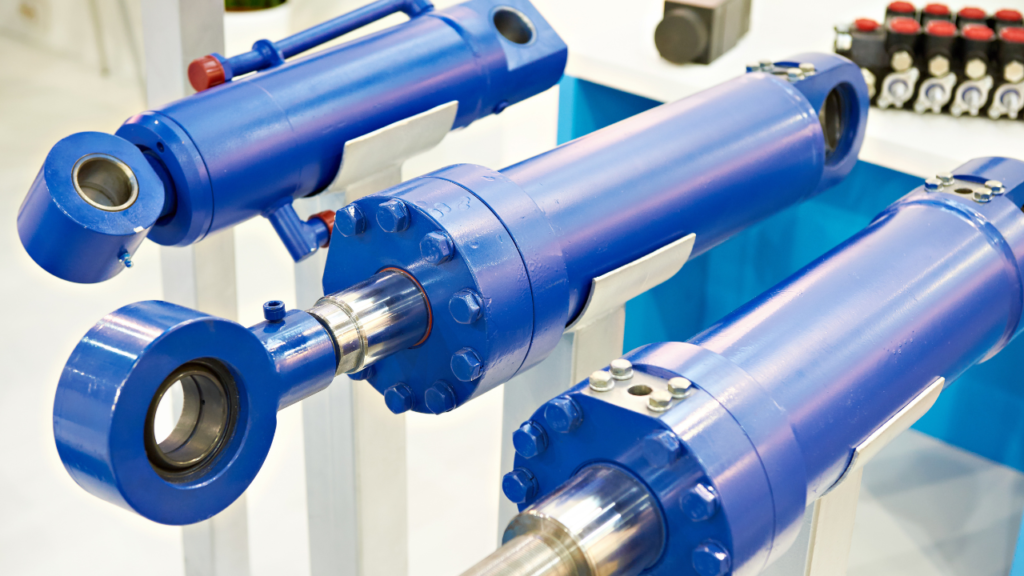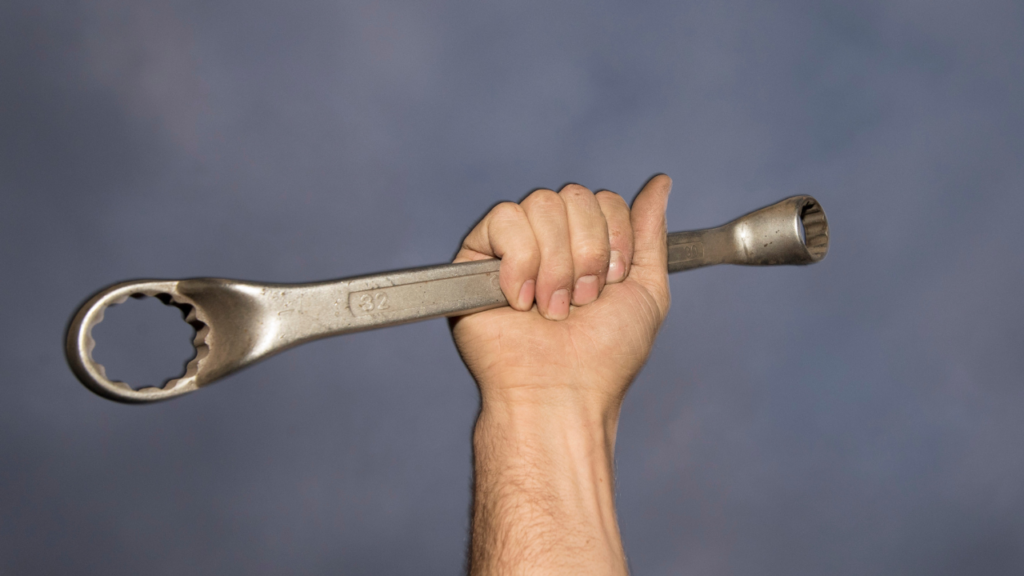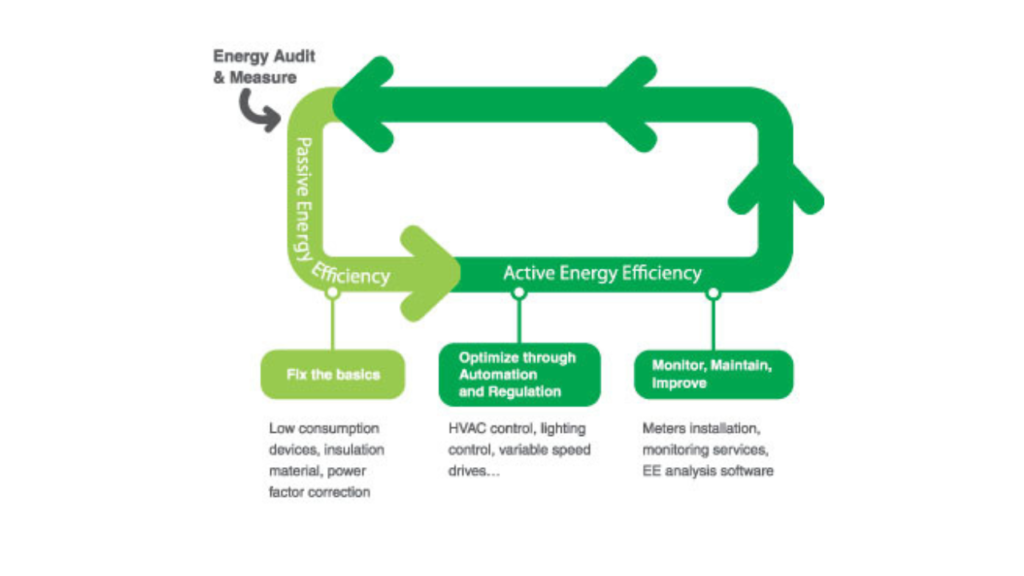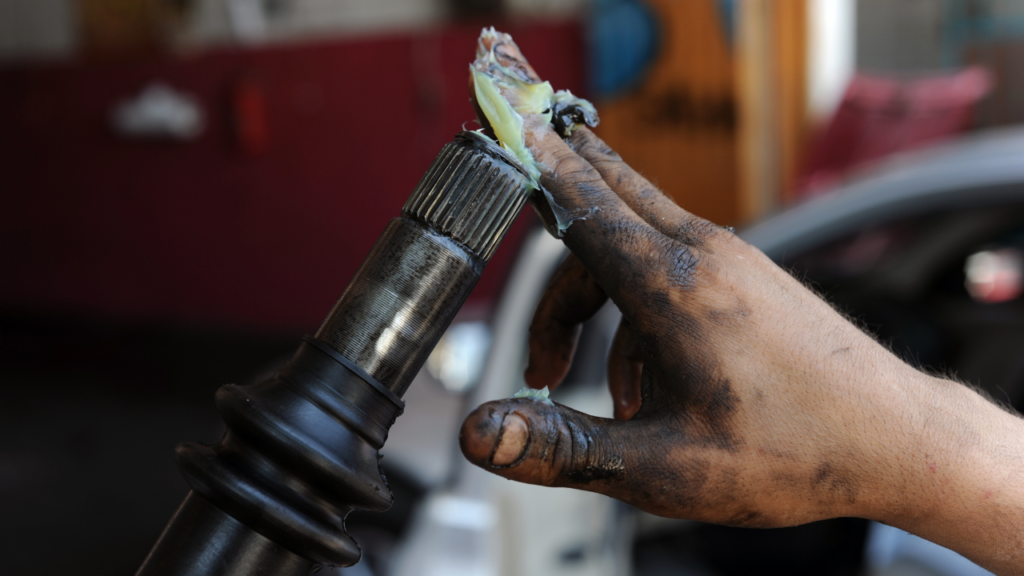
Reliability: Concepts and Trends
The most known concept to define reliability is: “Probability that an asset or system operates without failing during a given period of time under some operation conditions previously established.” Sometimes, this concept is wrongly used due to the particular use given to the word failure. For many, failure only means shutdowns, so they construct complex mathematical formulas to calculate shutdown probability without taking into account that a failure also occurs when being inefficient, insecure and costly, having a high rejection level, or contributing to a bad image.

